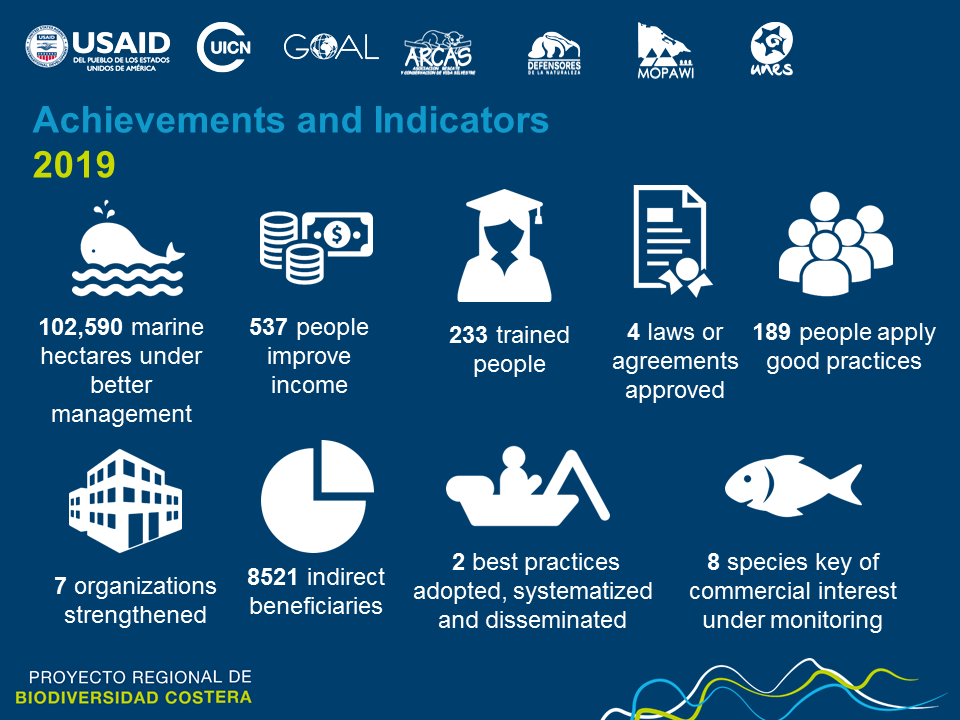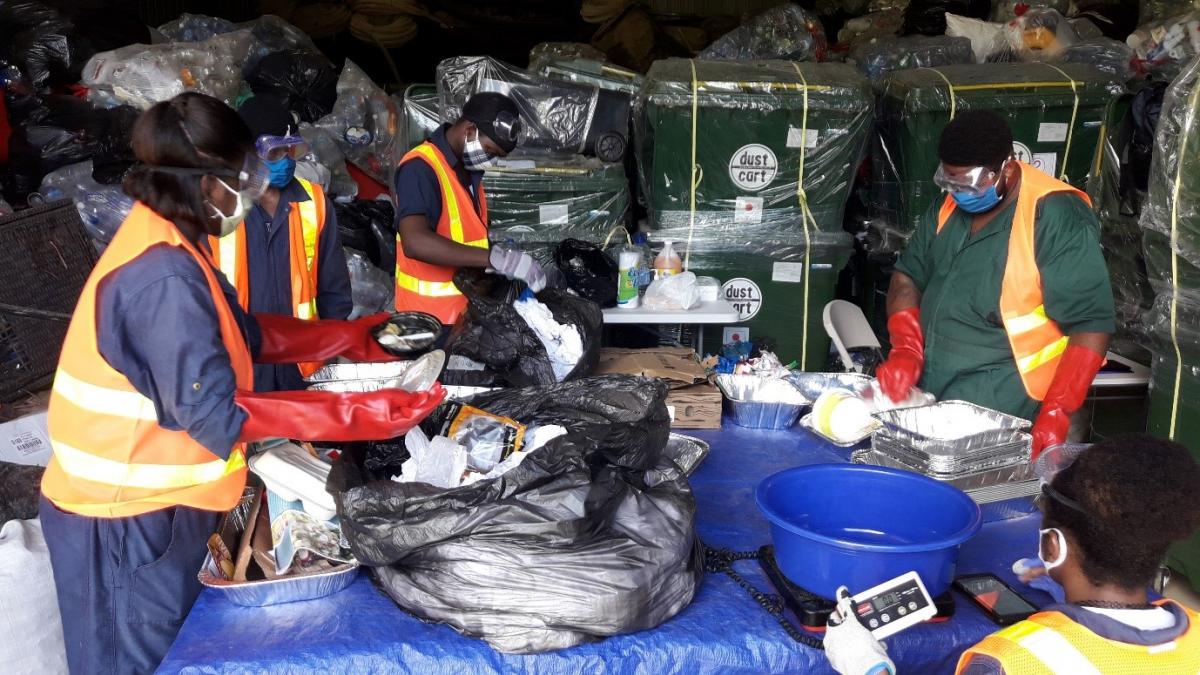Protection measures for the Bering Strait identified
IUCN, the Natural Resources Defense Council (NRDC) and the University of Alaska-Fairbanks (UAF) are undertaking a cooperative project to identify measures that could be adopted to protect Ecologically and Biologically Sensitive Areas (EBSAs) of the Bering Strait region, and to explore ways in which such measures might be implemented.

Photo: @NASA
Warming ocean temperatures and a dramatic loss of ice cover are opening Arctic waters to new and expanded shipping, fishing, research, offshore oil development, and other economic activities. Shipping related to carrying natural resources out the Arctic (destinational shipping) and summer trans-Arctic shipping will potentially grow as summer sea ice continues to retreat and Arctic economic activity accelerates. All trans-Arctic and most destinational shipping will necessarily transit the Bering Strait, a relatively narrow 53 mile wide passage which provides the only connection between the Pacific and Arctic Oceans.
The Bering Strait region is perhaps the single most productive and diverse marine area in the Arctic. The region provides critical habitat for walrus, seals, fish, several types of whales, and immense numbers of birds. It has an ancient human history and an enduring cultural heritage of significance to all, especially the indigenous peoples who live in the Bering Strait Region. This regional indigenous culture and its subsistence hunting and fishing traditions continue to be vibrant today.
IUCN, NRDC and UAF held a workshop in Nome, Alaska (26-28 June 2012), with 35 local, governmental, scientific, indigenous and environmental experts. The workshop focused on identification of a range of potential measures to manage and protect important areas. The discussion addressed subsistence use of the Bering Strait region as well as concerns related to increased ship traffic in the Bering Strait, including ship spills and accidents, discharges and invasive species.
The meeting urged the early completion of a mandatory polar code being developed by the International Maritime Organization for ships voyaging in the Arctic Ocean. In the interim, U.S./Russian bilateral voluntary guidelines for shippers should be developed, along with preliminary studies to identify areas in need of special management measures.
Detailed recommendations for each of these categories can be found in the workshop report. This work has been made possible through the generous support of the MacArthur Foundation, the Kaplan Foundation and the Oak Foundation. A follow-up workshop is planned for the fall 2012.



